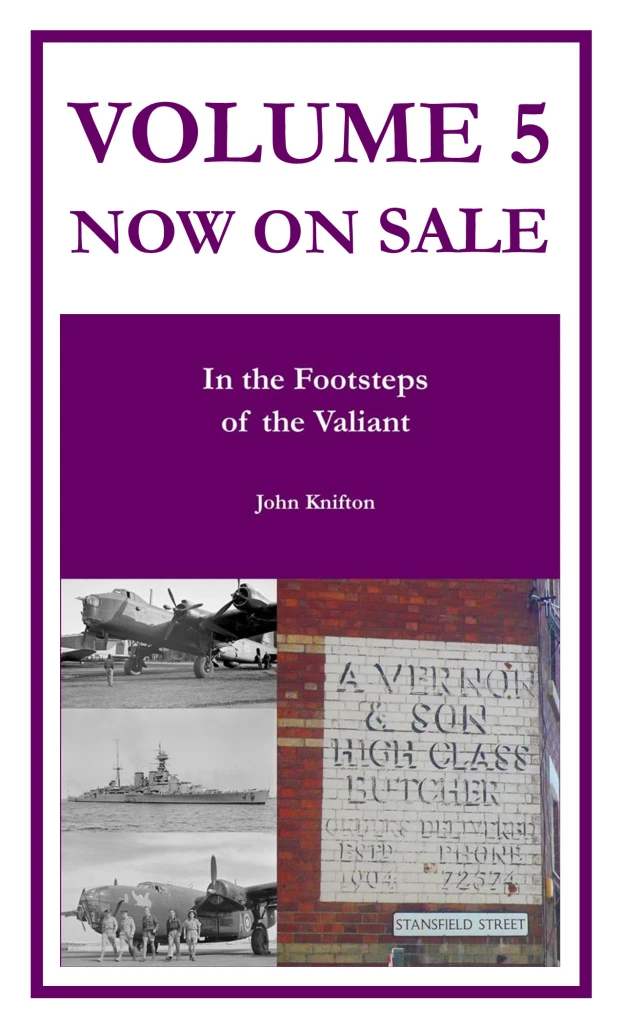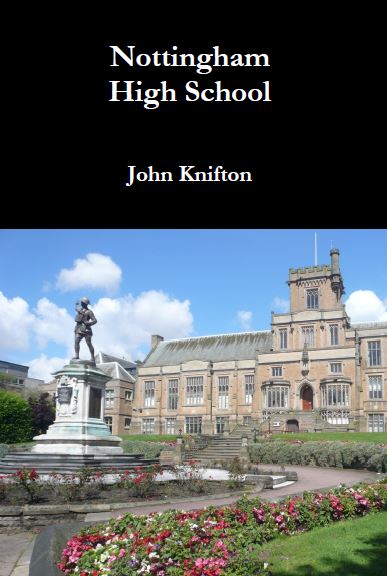Last time, we saw how Arthur Conan Doyle decided to immortalise his favourite bowler and wicketkeeper combination by combining the two names “Shacklock” and “Sherwin”, to give the name “Shackwin” to the hero of his new detective novel, “A Study in Scarlet”.
“Shackwin??” said all of his friends “Are you mad?? Think again. You can do better than that!!”
Arthur went away to think again, and he turned the name on its head. Now it became “Sherlock”. And Sherlock Holmes, a star, was born.
The next question is, of course, whether anybody else in the Sherlock Holmes books had their origins in cricket?
Well, there was an Alexander (Alec) Watson, who was a slow bowler for Lancashire. He took 1,384 wickets in a career that took in 303 matches. I believe that Arthur Conan Doyle, as a keen member of the Marylebone Cricket Club, watched Watson play in May 1886, and take 10 wickets for 54 runs, an extraordinary feat. And Alec was duly rewarded with a kind of immortality.
Here is the exact analysis of his bowling:
And in May 1877, perhaps Arthur Conan Doyle had again been there to watch Watson take 14 wickets for 49 runs against the Marylebone Cricket Club. After all, Lancashire were one of the very best teams in England .Here are the MCC innings:
And here are the detailed statistics of each bowler:
No wonder that Arthur felt he had to include “Watson” as one of his two main characters. Fourteen wickets for 49 runs is really as good as it gets! Here is our hero, second from the left……..

And a close up………………

Now, a frequent pub quiz question.
“What was the name of Sherlock Holmes brother?”
Well, he was called Mycroft Holmes.
I believe that Arthur Conan Doyle got the name “Mycroft” from William Mycroft, a bowler who played for Derbyshire in 138 matches and who took 863 wickets. I am 99% certain that Arthur had perhaps watched William Mycroft play for the Marylebone Cricket Club in May 1877 when Alec Watson took fourteen wickets for England. For the other side, though, Mycroft took a fabulous six England wickets for 12 runs in the second innings. Here we are. First of all, the full scorecard. Just look at the second innings:
And the bowling figures:
It looks as if Arthur took two names from this one single game, Mycroft and Watson. Here’s Mycroft:

Here’s another superb performance by William Mycroft, playing for the MCC against Hertfordshire in July 1879. Again, the probability is that Arthur Conan Doyle actually watched this game, insofar as he was a member of the MCC. Mycroft went out to bowl against Hertfordshire with the odds stacked strongly against the MCC. Hertfordshire, with ten batsmen needed a paltry sixty runs:
Wickets fell regularly during the innings. A wicket was lost when the score was 2, then 10, then 10 again, 11, 11 again, 15, 17, 23 and 23 again. Mycroft’s bowling figures were:
An amazing nine wickets for eight runs!! And here’s another picture of Mycroft to finish with:

Sadly, despite a fair amount of research, I have been unable to come up with the origin of the surname. “Holmes”.













 A frequent visitor to watch Nottinghamshire cricket at Trent Bridge around this time was an up-and-coming young author called Arthur Conan Doyle. Arthur was a huge sports fan. He actually played in ten first class cricket matches with a highest score of 43 and just one wicket as a bowler, that of WG Grace, the greatest cricketer in the world at the time. Arthur enjoyed bodybuilding and he was an amateur boxer as well as a keen skier, a talented billiards player, a golfer and, in amateur football, a goalkeeper for Portsmouth FC, the predecessor of the present club. Here he is:
A frequent visitor to watch Nottinghamshire cricket at Trent Bridge around this time was an up-and-coming young author called Arthur Conan Doyle. Arthur was a huge sports fan. He actually played in ten first class cricket matches with a highest score of 43 and just one wicket as a bowler, that of WG Grace, the greatest cricketer in the world at the time. Arthur enjoyed bodybuilding and he was an amateur boxer as well as a keen skier, a talented billiards player, a golfer and, in amateur football, a goalkeeper for Portsmouth FC, the predecessor of the present club. Here he is:

 Cricket can be a very complicated sport but most people can recognise the two wickets, one at either end of the pitch.
Cricket can be a very complicated sport but most people can recognise the two wickets, one at either end of the pitch.









 Lillee is on the right, Marsh is flying, and the English batsman is Tony Greig.
Lillee is on the right, Marsh is flying, and the English batsman is Tony Greig.



















































